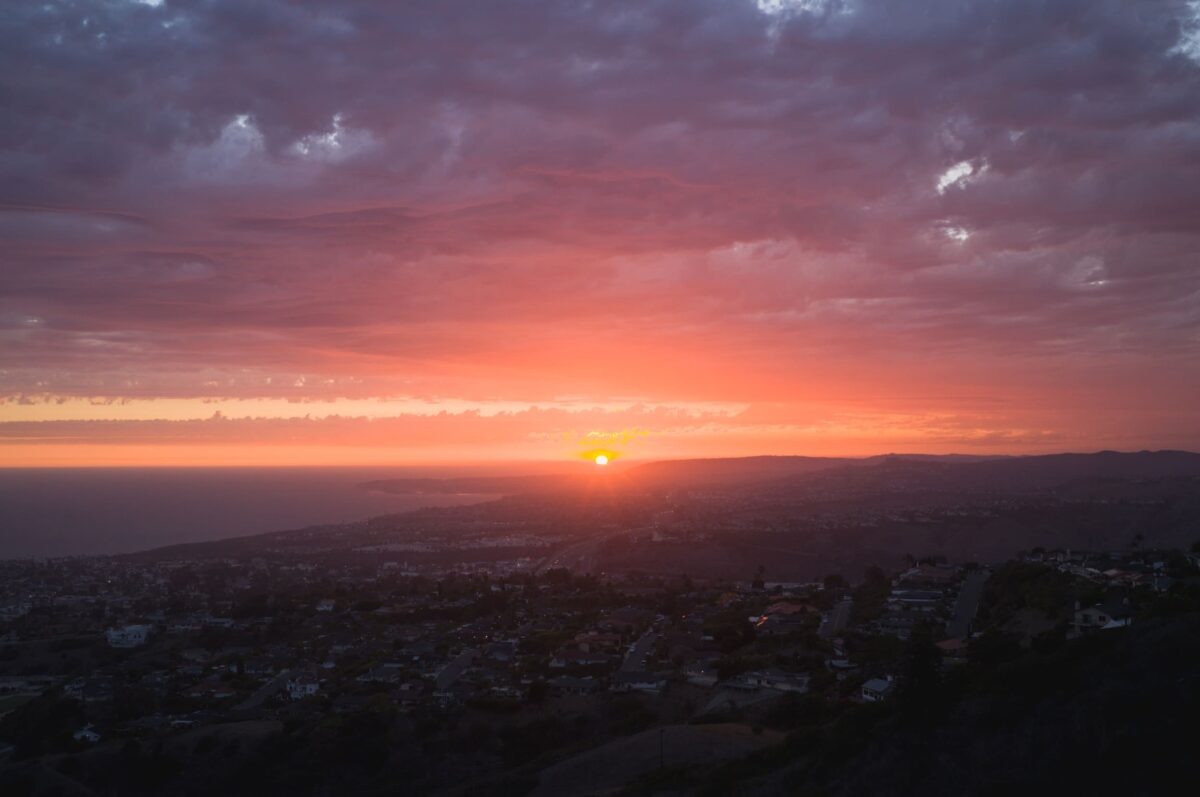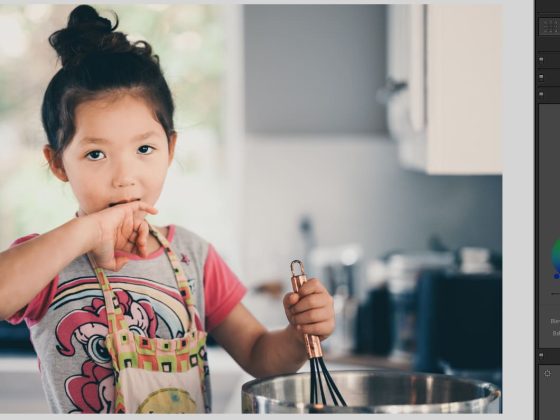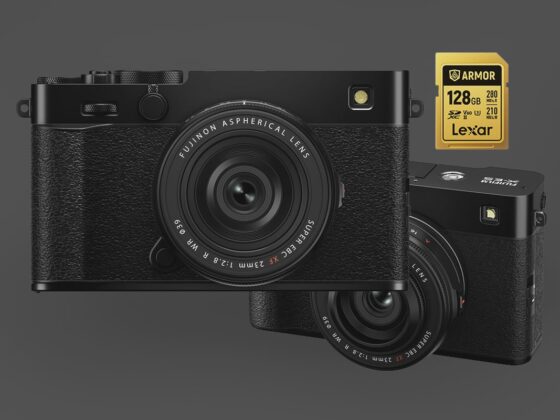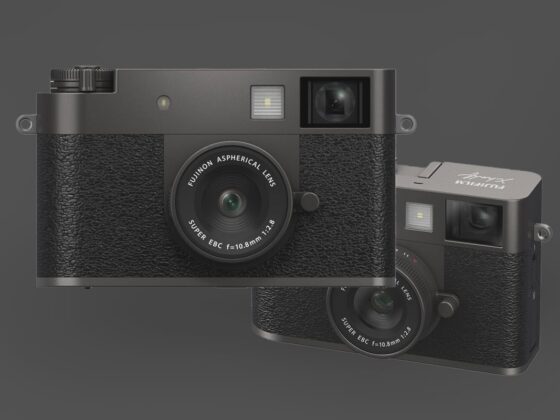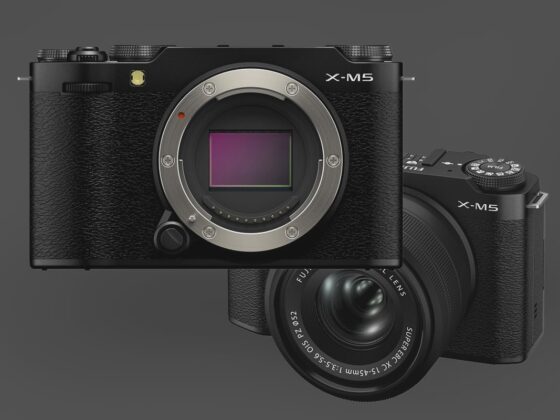The Sony A7c uses a single UHS-II memory card of any size. Here is a quick list of the best SD cards for the Sony A7c, with a few great options. You most likely don’t need the fastest SD cards.
Sony A7c Recommended Memory Cards
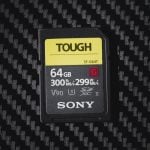
You should decide between three categories of SD memory cards: fast v90 UHS-II cards, v60 UHS-II cards, and U3 UHS-I cards.
V90 UHS-II cards are the fastest memory cards for the Sony a7c. They are great for photographers who do a lot of continuous bursting but are overkill for everything else.
V60 UHS-II cards are perfect for photographers who occasionally burst but mostly shoot in single-shot mode. They’re also great for video shooters because they allow you to transfer large files quickly to your computer.
v30 UHS-I cards are fine for casual photographers and video shooters. These are great for photographers who want large cards at a reasonable price.
Here are the top cards for each speed class.
| Recommended For Sony | Review Links | USB Write | USB Read | Check Price |
|---|---|---|---|---|
| SD UHS-II V90 | Hide | |||
| Sandisk Extreme Pro V90 32-512GB | Sandisk Extreme Pro V90 UHS-II Review | 268 | 293 | Amazon / B&H |
| Sony G Tough v90 32-256GB | Sony G Tough V90 UHS-II Review | 258 | 296 | Amazon / B&H |
| Delkin Black v90 64/128/256GB | 253 | 278 | B&H | |
| Kingston Canvas React V90 32-256GB | Kingston Canvas React Plus V90 | 274 | 292 | Amazon / B&H |
| Kodak V90 32/64/128GB | 260 | 272 | Amazon | |
| Ritz Gear VideoPro V90 64-512GB | 258 | 273 | Amazon | |
| SD UHS-II V60 | Hide | |||
| Lexar ARMOR Gold V90 256GB/1TB | 191 | 258 | Amazon / B&H | |
| Sony M Tough V60 64-512GB | Sony M V60 UHS-II Review | 153 | 269 | Amazon / B&H |
| Sony E v60 256GB | Sony E Series V60 256GB Review | Amazon / B&H |
Do You Need UHS-II Memory Cards?
UHS-II cards come in three speed classes: U3, V60, and V90. These numbers represent the minimum write speed of the card. V90 can maintain a minimum of 90MB/s, V60 cards 60MB/s, and U3 30MB/s.
You should choose one of these cards depending on the price, how much money you’re willing to spend, and the performance you need. Casual shooters might just like V60 cards. They can buy a bigger card for the same price and probably never notice the speed difference. Sports shooters who do a lot of continuous bursting would benefit from a V90 card.
Videographers and vloggers only need U3 cards, allowing you to buy much larger cards to store all that video.
What Size Memory Card Is Best For The Sony A7c?
The best-sized memory card is going to be different for everyone.
64GB – If you’re just shooting JPG and not a lot of video, a 64GB card will be fine.
128GB—If you shoot RAW and video occasionally, I’d start with a 128GB card.
256GB—You most likely won’t need a bigger card than 128GB unless you shoot a lot of video and don’t clear off the card regularly or you’re traveling and are not bringing a computer.
Sony A7C Memory Card-Related Specs
| Sensor: 24.2MP Full-Frame Exmor R BSI Sensor Processor: BIONZ X Image Processor Continuous Shoot: 10fps Record Limit: unlimited Est. Buffer Size: 1.5GB (estimate based on A7III buffer) Memory Card Compatibility: Single Card Slots -UHS-II Maximum Memory Card Size: no limit. Shots To Fill Buffer RAW: 115 Video: 4k30p 8-bit 4:2:0 100Mbps. |
Also, check out my Sony A7c Accessories List
Best Memory Cards For 4k Video
Although 4 K video seems like a lot of data, the video bitrate is only 100 Mbps, translating to a 12.5MB/s data stream.
A U3-rated card can maintain a minimum stream of 30MB/s, so all you’ll need for a 4k video is a U3 UHS-I card.
You do not need a UHS-II card for 4 K video, but they are great for transferring data from the card to a computer with a UHS-II memory card reader, since this transfer speed can be significantly faster.
Maximum Video Record Times by Memory Card Size
This chart shows the various bit rates and the amount of record time you can get from memory cards of different sizes.
| Resolution | Format | Bitrate | 32GB | 64GB | 128GB | 256GB |
| 4k30p, 24p | XAVC S 4K | 100Mbps | 43min | 85min | 171min | 341min |
| 4k30p, 24p | XAVC S 4K | 60Mbps | 71min | 142min | 284min | 569min |
| 1080 120p, 100p | XAVC S HD | 100Mbps | 43min | 85min | 171min | 341min |
| 1080 120p, 100p | XAVC S HD | 60Mbps | 71min | 142min | 284min | 569min |
| 1080 24p, 25p, 30p, 50p, 60p | XAVC S HD | 50Mbps | 85min | 171min | 341min | 683min |
| 1080 25p, 30p | XAVC S HD | 16Mbps | 267min | 533min | 1067min | 2133min |
| 1080 60i | AVCHD | 24Mbps | 178min | 356min | 711min | 1422min |
| 1080 60i | AVCHD | 17Mbps | 251min | 502min | 1004min | 2008min |
| **This website contains affiliate links. We will earn a small commission on purchases made through these links. Some of the links used in these articles will direct you to Amazon. As an Amazon Associate, I earn from qualifying purchases. |
